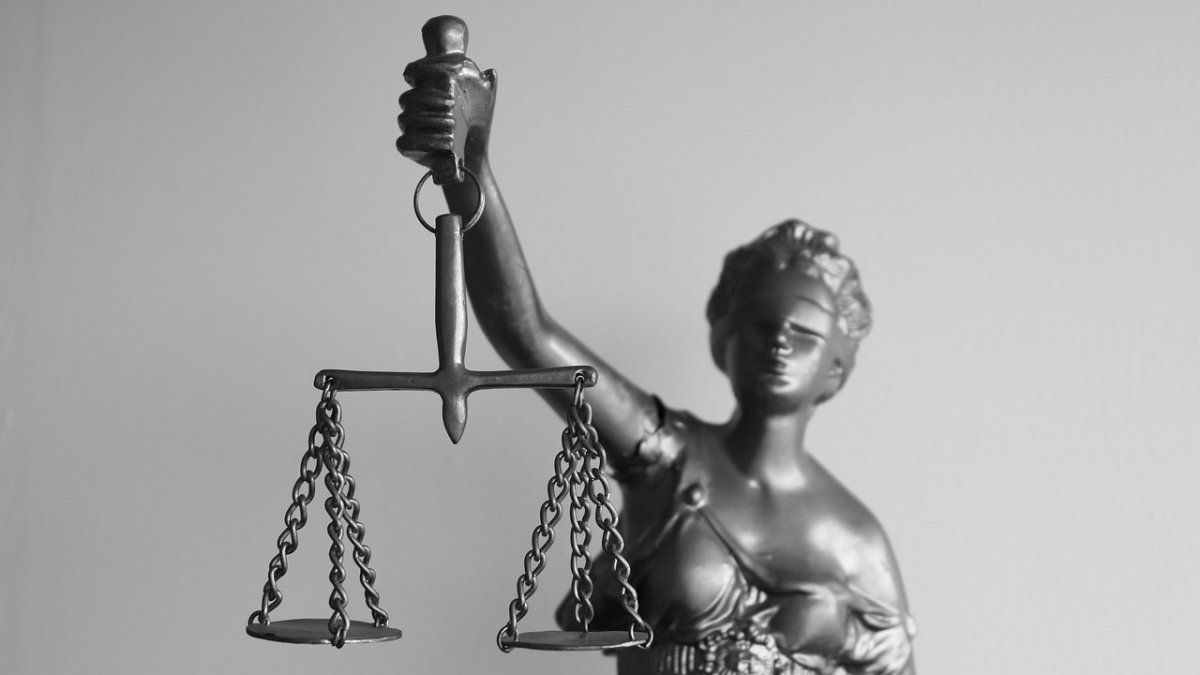As an explanation, unbeatable. However, we cannot be satisfied with this linear purpose of punishment. What use is this sanction to the State, to society and to the prisoner? Does the victim count? Is it enough to apply it without asking about the rest, or is this a biased view that ultimately forgets to enhance its usefulness? It is that, being the criminal sanction the maximum state response against the commission of a crime, it has to serve for something more than just retribution for the offense. Because, let’s be clear, as an institute that reports to that single objective, staked and worn out, it has not been exactly successful.
The great chapter on grief, how its conception and purpose was modernized over time, occupies large spaces in libraries.
Let us remember that the penal system ended up being structured around the fifteenth century in medieval Europe (late Middle Ages) not because of studies or State policies but because of necessity, almost because of the selfishness of the kings, due to the decrease in the collection of the money they received from the feudal lords, troubled by personal revenge, “ordeals” and duels, as the exclusive means of putting an end to the constant conflicts and offenses produced between them and/or their family or belonging groups, which consumed all their energy and riches.
The Justice, then, consisted of an enormous network of private violence that was governed by a mixture of penal norms (the least), moral and religious (the most). And that was the prelude to the decrease in the coffers of the monarch, who, unable to order his finances (ordering coexistence was a secondary issue), decided to take charge of the matter and confiscate the conflict from individuals.
Thus, he becomes an imparter of “justice”, with a purely inquisitorial system, a secret and dark investigation, riddled with torture, in charge of the same judge, embodied in the sovereign, who then pronounced the sentence.
And then the objective of the punishment for the crime, conceived as an offense against the feudal lord and the monarch, was corporal punishment, infamous punishment, torture or exile. Then different forms of punishment are triggered based on theories that tried to find a purpose for it, a support that legitimizes them.
Thus, there was talk of absolute retribution (according to the logic of the Talion law, the penalty is the automatic consequence of the crime), negative general prevention (the intimidating message of the penalty, towards society in general, serves to prevent), prevention special positive (resocialization of the convict thanks to his passage through the prison establishment), special negative prevention (forever neutralize the perpetrator of the crime, who constitutes a social danger), general positive prevention (affecting an asset of the accused by generating an opposing conflict to the system), mixed theories (combine variables of the previous ones), etc.
All of them, to explain the punitive power and the coercive discourse of the State (absolutist first, democratic later), omitting what should not be brought to light: the evident failure of the institute.
Is that from its initial conception as a physical suffering of the condemned (making him suffer in his own flesh the consequences of his crime) to the definitive establishment of the custodial sentence, if that condemned person is not worked on and in parallel the claims of the victim are ignored , the penalty does not change or fix the situation broken by the crime. The condemned, having completed his time in prison, returns to freedom without work or personal development, resentful and perhaps more adept at committing new insults; without amending, not even remotely, the victim. And society, what is worse, is still insecure, because that subject will probably commit a crime again.
There was progress, yes. Lines of action have been developed to guarantee intramural labor and education programs, together with efforts to regulate progressivity within the prison system, to accompany the “return of crime”, to provide the perpetrator (or accomplice) with sufficient tools so that he can get away from crime and rejoin society without attacking it.
At par, there is talk of restorative justice, who attends to the injured party, the one from whom the State expropriated the conflict, ignored for so long or considered a hindrance to the progress of the criminal prosecution, that he never hesitated to listen to him. For the victim, the punishment has little more than a symbolic power, there it is exhausted; That is why the premise of advancing in the dialogue and building a customized, personal, particular solution, so that the aggressor can somehow repair the damage caused, for example, with the confiscation of some property in favor of him.
In 2002, the United Nations Economic and Social Council (ECOSOC) recommended to the States a readjustment of the traditional penal system to one with a restorative approach, more dynamic and evolved, emphasizing its complementary nature to the traditional system.
That is the goal. Today we must understand that not only the sentence, as retribution of the State against the crime, must be built on a legitimating base; but it must also fulfill other purposes, overcome the instance of reaction, exemplary and prevention to advance towards the real possibility of pacifying, of composing the conflict.
Dull and static sorrow, without repairs or follow-up, is of no use to anyone.
*The author is a Judge of the Federal Chamber of Salta.
Source: Ambito




